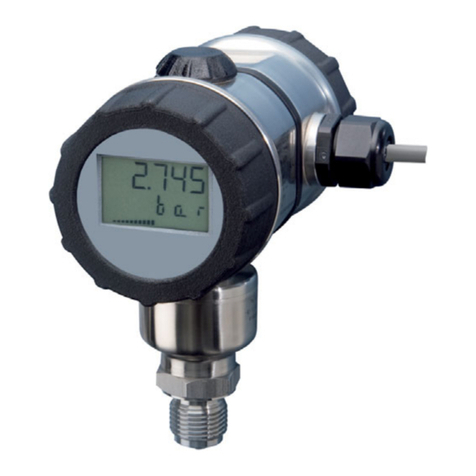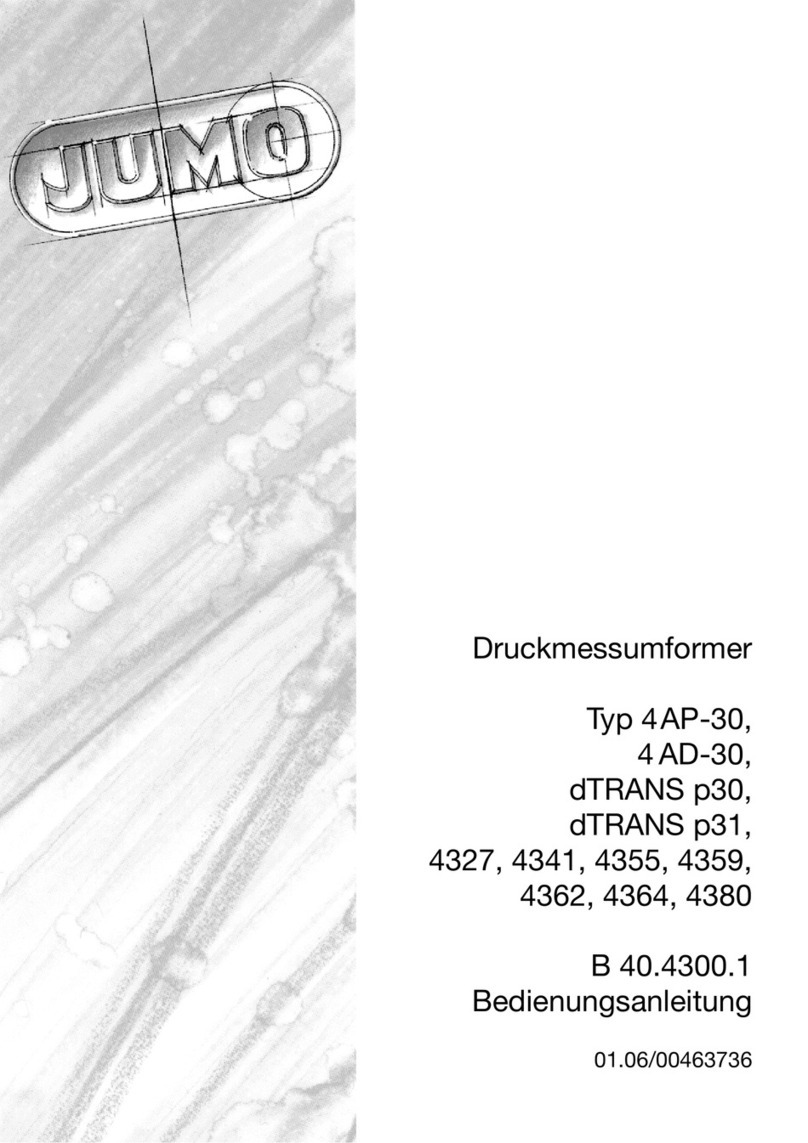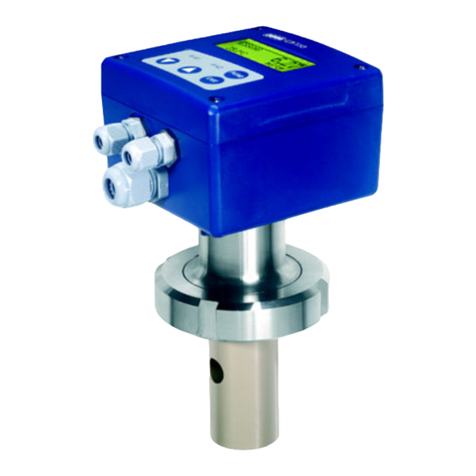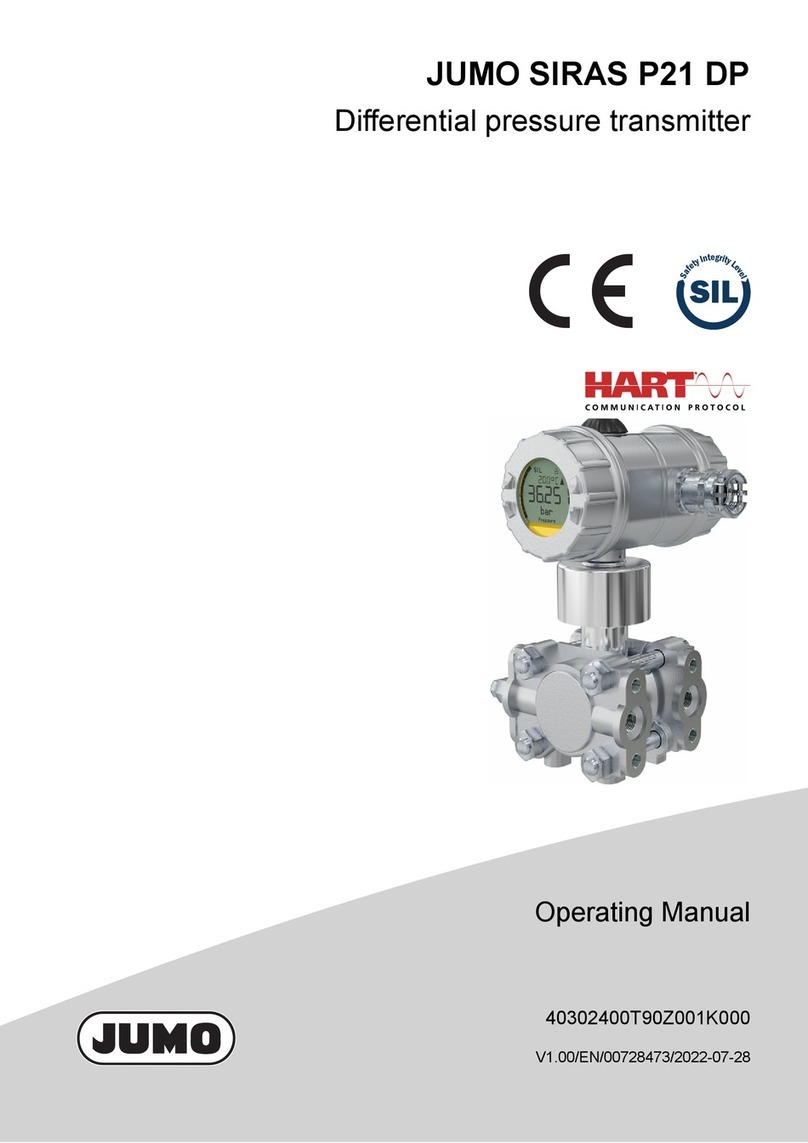JUMO ecoTRANS Lf 01 User manual
Other JUMO Transmitter manuals
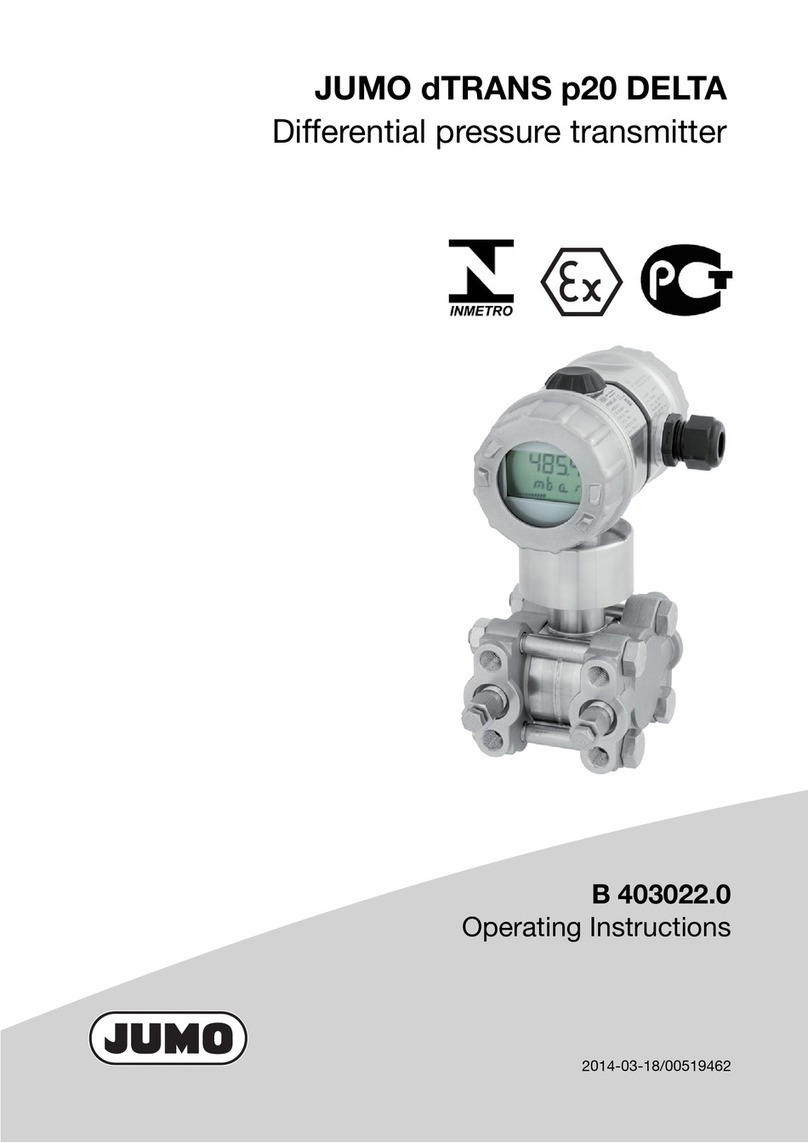
JUMO
JUMO JUMO dTRANS p20 DELTA User manual

JUMO
JUMO SIRAS P21 AR User manual

JUMO
JUMO AQUIS 500 pH User manual
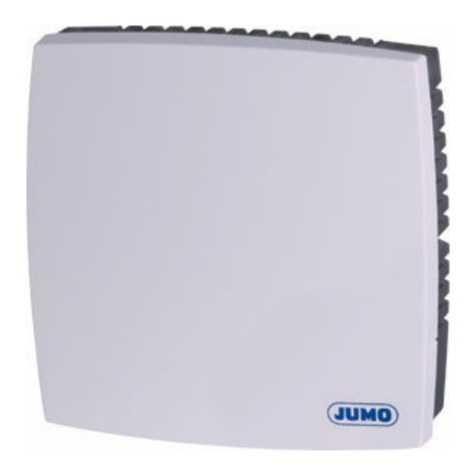
JUMO
JUMO 907021/10 User manual
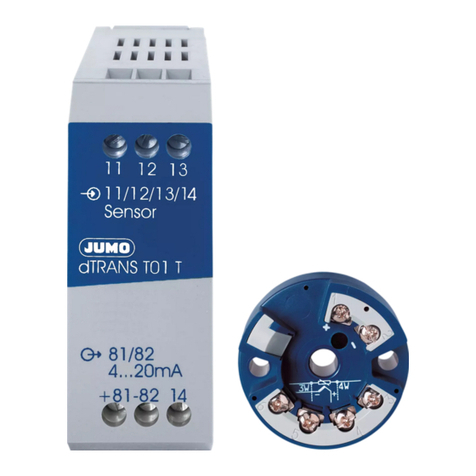
JUMO
JUMO dTRANS T01 HART User manual

JUMO
JUMO AQUIS 500 CR User manual
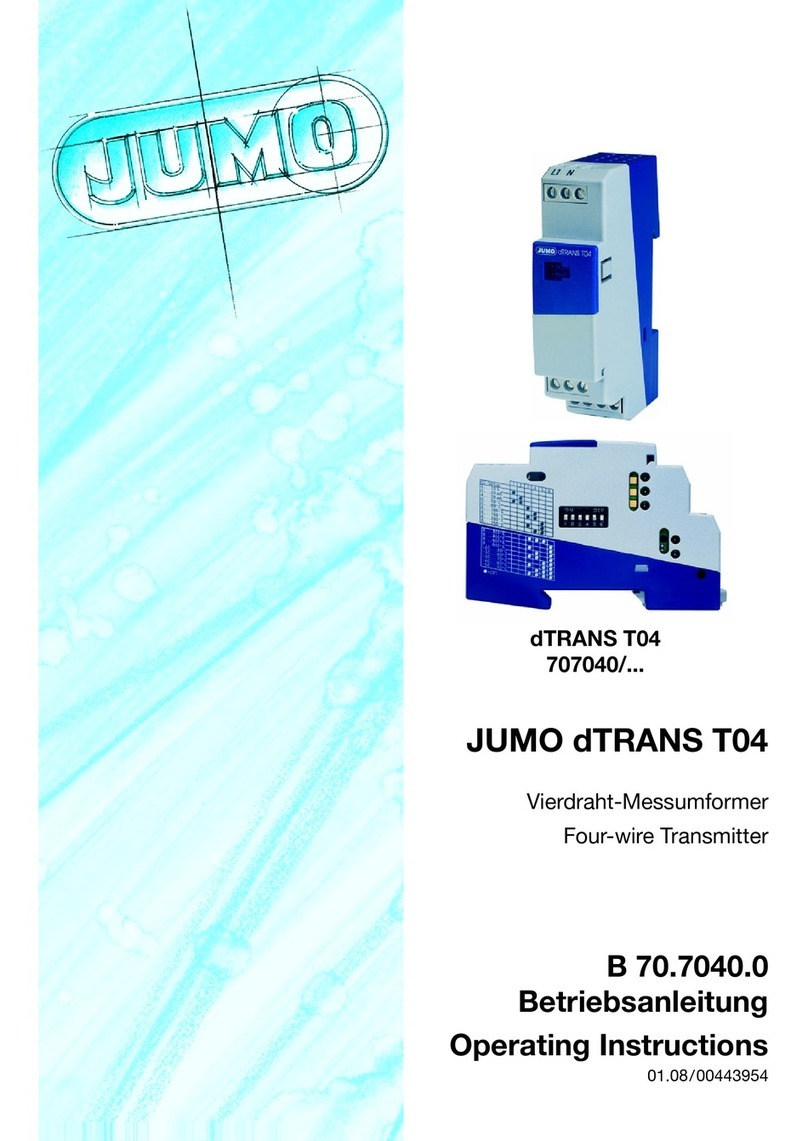
JUMO
JUMO dTRANS T04 User manual
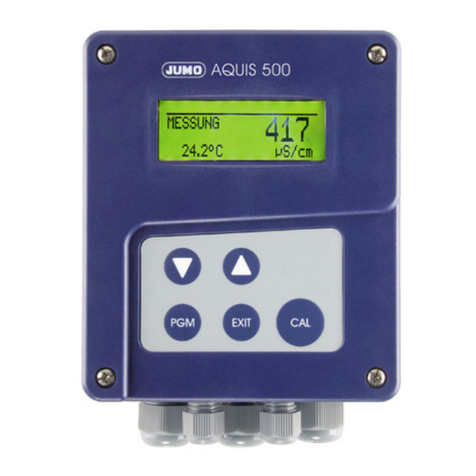
JUMO
JUMO AQUIS 500 Ci User manual

JUMO
JUMO TAROS S47 P User manual
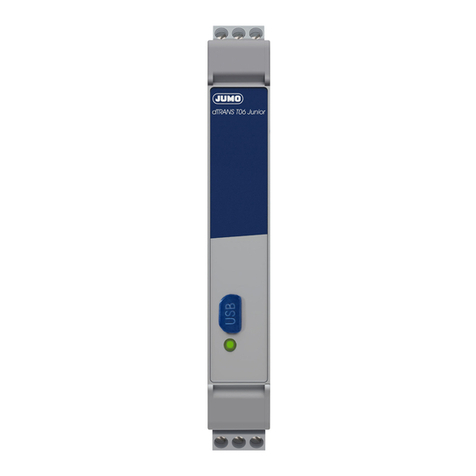
JUMO
JUMO TRANS T06 Junior User manual
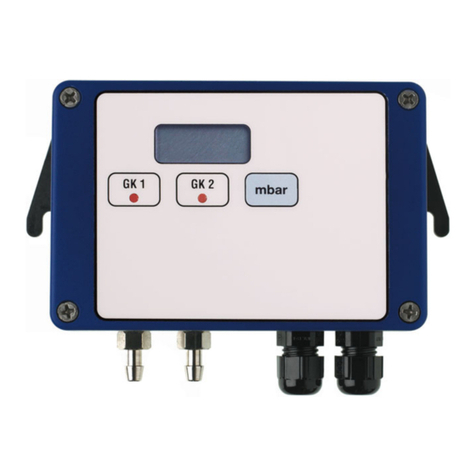
JUMO
JUMO 404304 Series User manual

JUMO
JUMO dTRANS T06 User manual
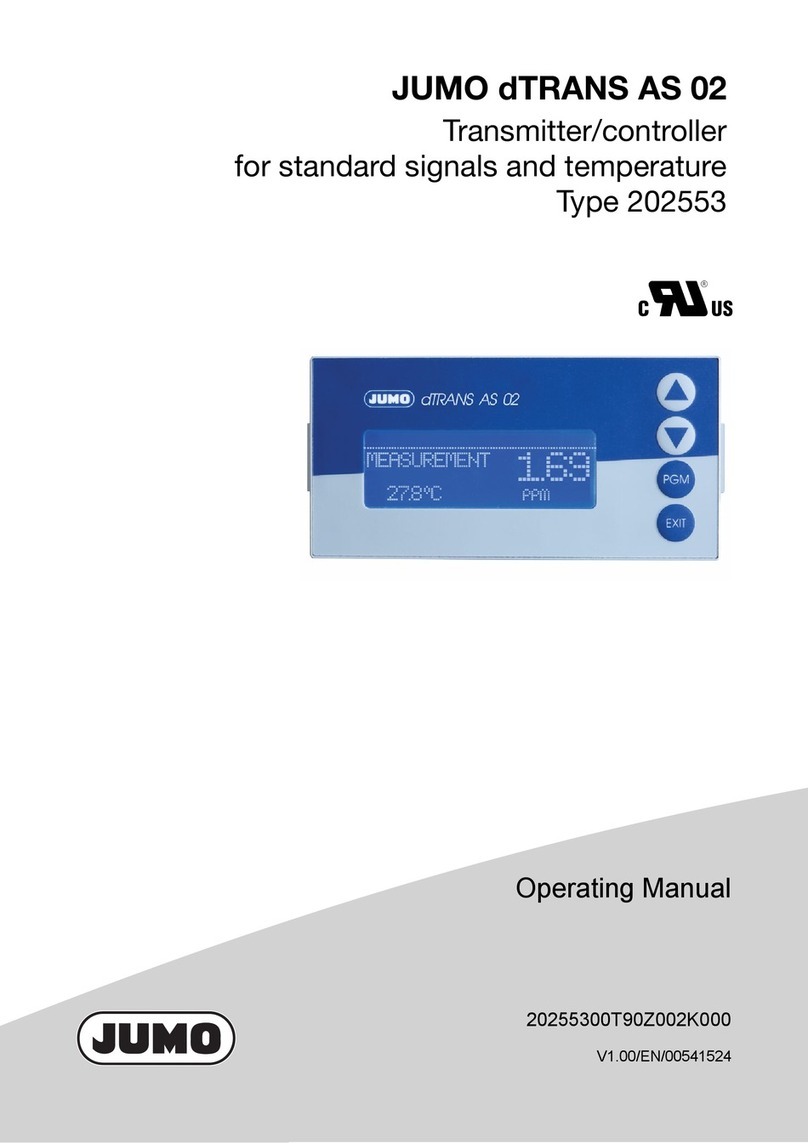
JUMO
JUMO dTRANS AS 02 User manual

JUMO
JUMO Wtrans p User manual
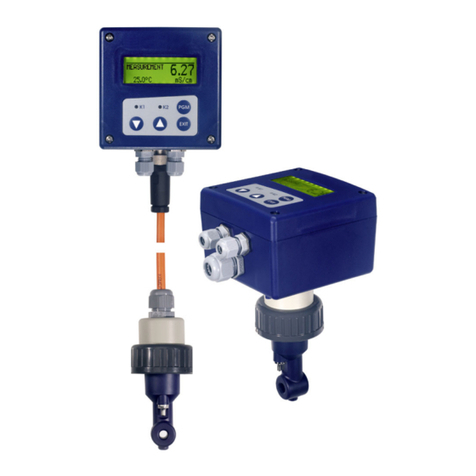
JUMO
JUMO CTI-500 User manual
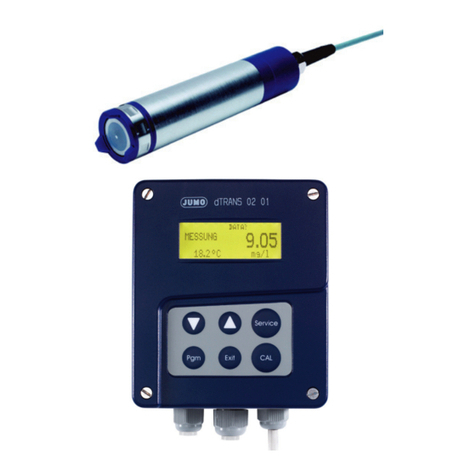
JUMO
JUMO dTRANS O2 01 User manual
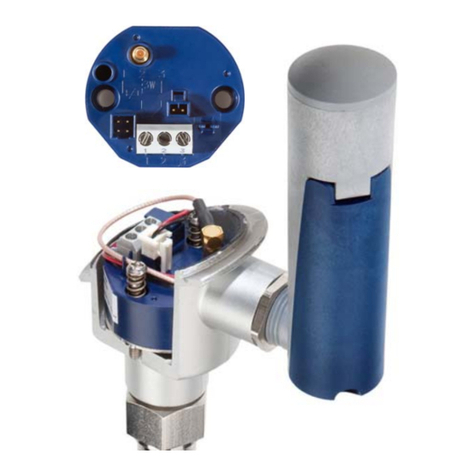
JUMO
JUMO Wtrans B User manual

JUMO
JUMO ecoTRANS Lf 03 User manual
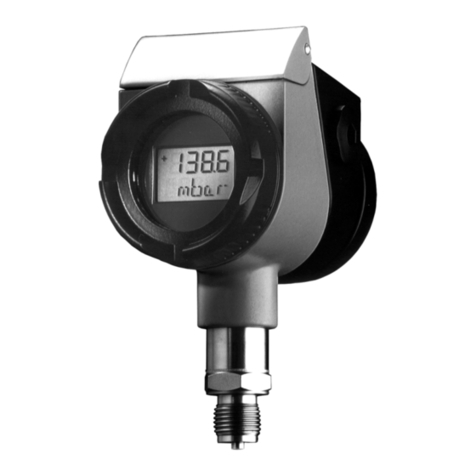
JUMO
JUMO dTRANS p02 User manual

JUMO
JUMO DELOS SI User manual
Popular Transmitter manuals by other brands

Geo
Geo Web Pack quick start guide

Inovonics
Inovonics EchoStream EN1210W installation instructions

IKONNIK
IKONNIK KA-6 quick start guide

Rohde & Schwarz
Rohde & Schwarz SR8000 Series System manual

Audio Technica
Audio Technica UniPak ATW-T93 Installation and operation

NIVELCO
NIVELCO EasyTREK SCA-300 Series Programming manual
